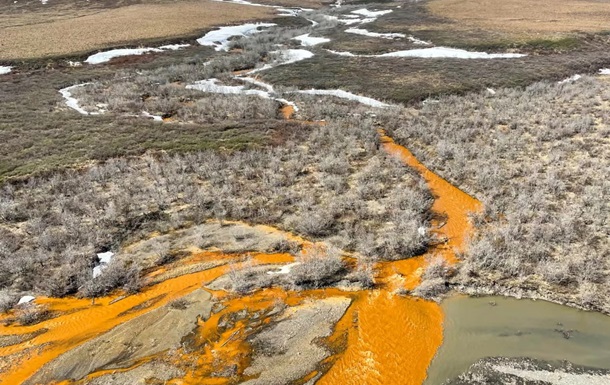Arctic Rivers Turn Orange Due to High Iron Concentration in Melting Ice.
Swedish researchers have refuted the long-held belief that cold slows down chemical reactions and explained why Arctic rivers are turning orange en masse.
A new study by Swedish scientists from Umeå University has found that ice is more effective than liquid water in releasing iron from minerals, which could explain the color change in Arctic rivers. This is reported by New Atlas.
In recent years, rivers in the North have been experiencing a massive “orangeing” due to melting permafrost and the release of large amounts of iron from mineral deposits. Such waters contain less oxygen, are more acidic, and pose a threat to fish and other living things.
Experiments have shown that at a temperature of -10 °C, ice releases more iron than water at +4 °C. As co-author Jean-François Boali explained, during freezing, microscopic “pockets” of liquid form between ice crystals, which act as reactors – they concentrate substances and become extremely acidic, which accelerates the reaction with minerals.
The researchers studied the mineral goethite in combination with an organic acid and found that the most active iron is released during freeze-thaw cycles. At the same time, fresh and brackish water enhance the process, while seawater inhibits it.
According to the first author of the work, Angelo Pio Sebaali, as the temperature on the planet increases, freeze-thaw cycles will become more frequent, and therefore even more iron will enter water bodies, which can seriously affect water quality and ecosystems in vast regions.

